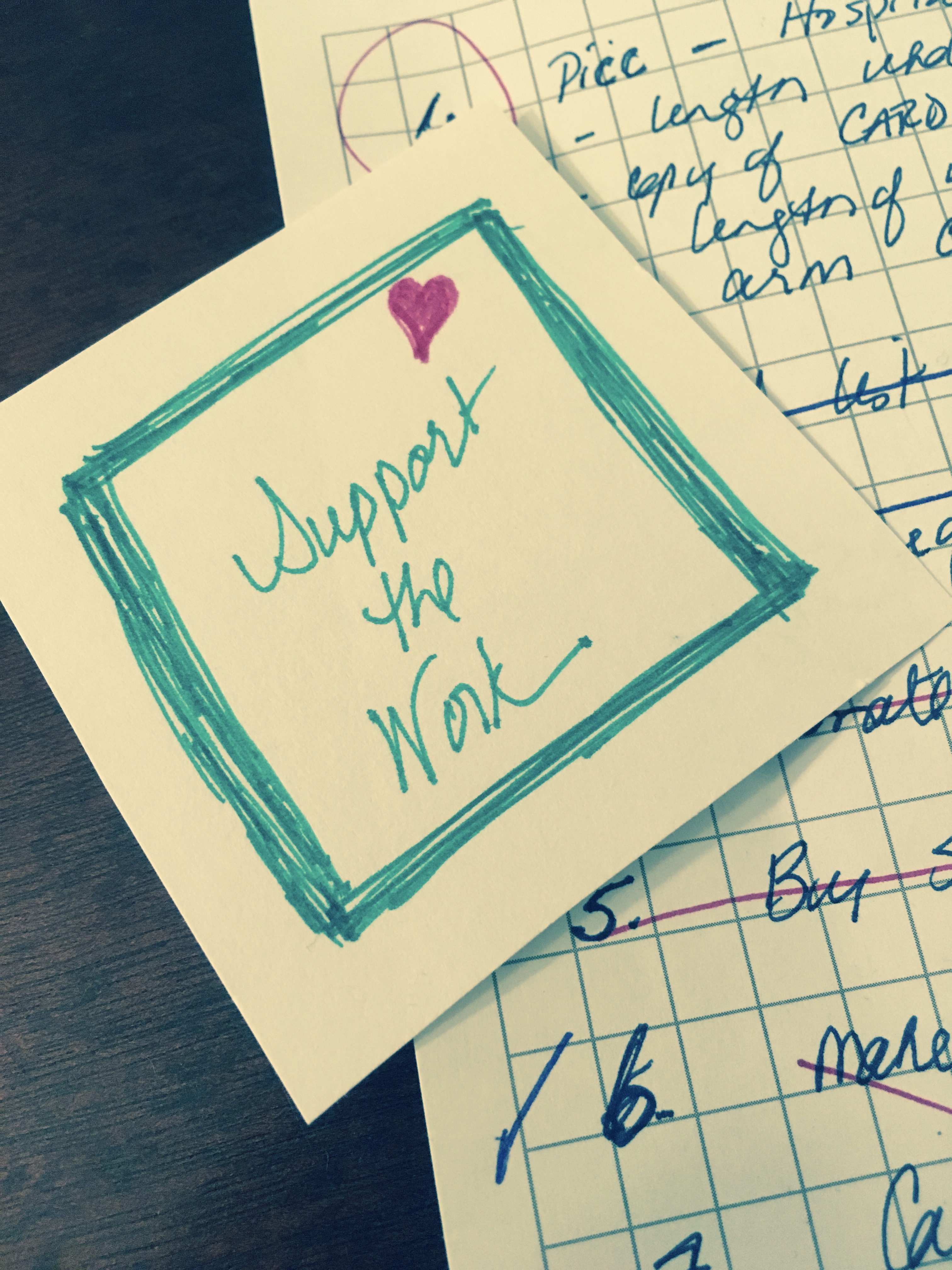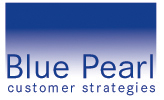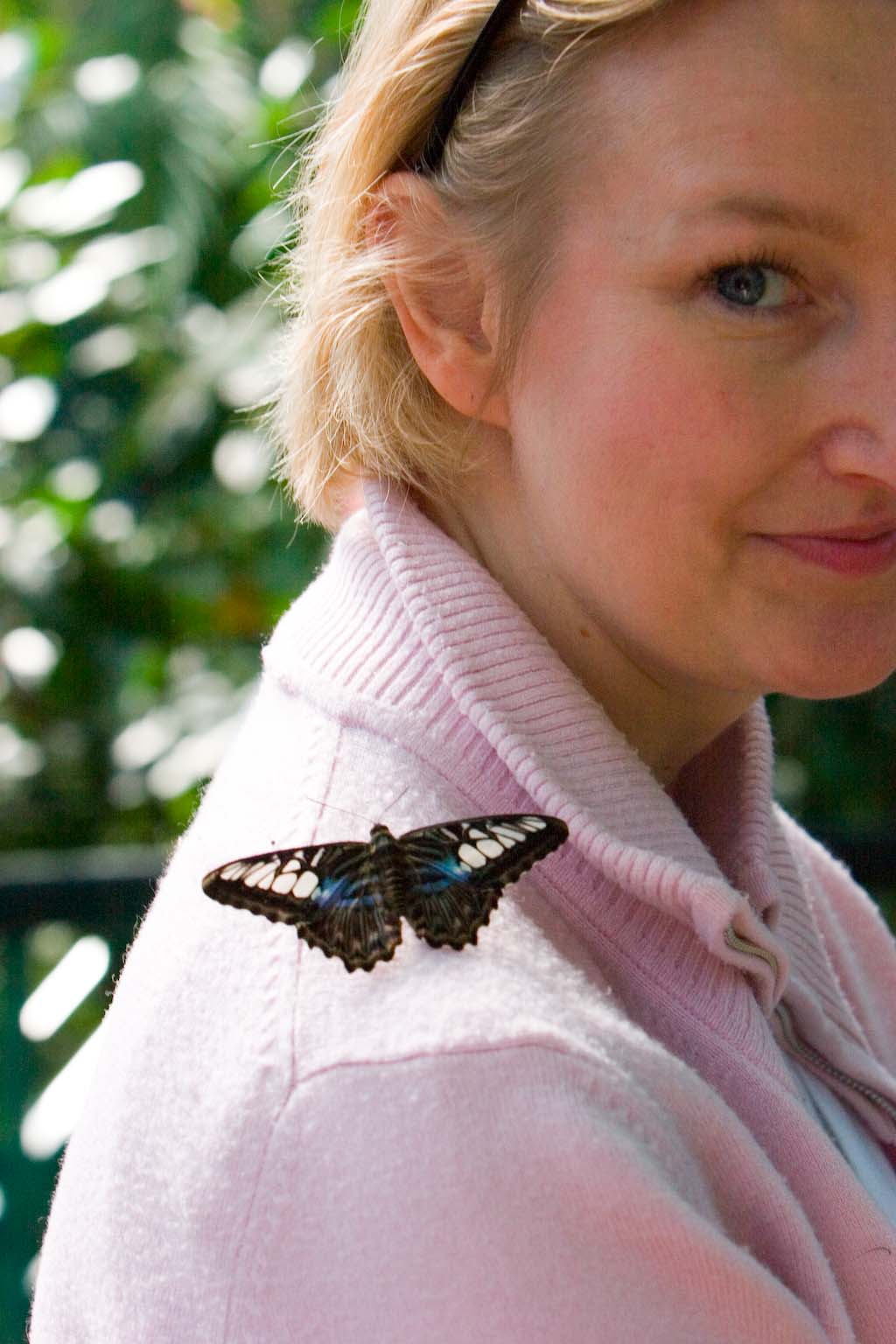Where in the World is Elisabeth, the Tender Foodie?
 Friday, June 3, 2016 at 6:59PM
Friday, June 3, 2016 at 6:59PM  Sue Chef Chaitin tagged
Sue Chef Chaitin tagged  Grand Rapids Symphony,
Grand Rapids Symphony,  Lyme Disease,
Lyme Disease,  Stram Center,
Stram Center,  food allergies
food allergies  Email Article
Email Article  Print Article in
Print Article in  Health,
Health,  Inspiration,
Inspiration,  Leaky Gut,
Leaky Gut,  Lyme Disease,
Lyme Disease,  Reader Questions,
Reader Questions,  Volunteer / Causes,
Volunteer / Causes,  food allergy
food allergy
A Note from a Tender Friend
 Hi There!
Hi There!
My name is Sue Chaitin, a friend of the Tender Foodie, Elisabeth Veltman. Some of you know her as "Beth." You may have noticed that there haven't been many posts on this blog for awhile, and there is a reason for that. The video above is a clip from Elisabeth's past life as an opera singer. It was her last concert. The story below is about what has happened to her since then, and why we all need to become more educated about it.
The Tender Foodie, was the start of a larger, unique business plan to help people navigate the increasingly complex road of food and disease - starting with celiac disease and multiple food allergies, and then expanding into other un-researched, but growing health issues which seem to inter-relate. Behind the blog was a business plan for "The Tender Palate" to help us more quickly get the information we need about health, exercise and the immune system, and food (like this recipe for Old Beau Steaks), and to speed up the healing journey so we all can thrive. She had to stop these plans for health reasons of her own, and before this vision was realized. She also hadn't made her personal story public, because she wanted this blog to be about the rare and wonderful experts in each area, not her specific issues alone. She also wanted to do it without advertising, so the focus could be as objective as possible.
But now she needs our help. Here is Elisabeth's story, as written on a Go Fund Me page that I set up for her. It also has a video of her singing in her last concert. This was the first time I heard her sing, and I was absolutely floored.
I hope you will find the story helpful, and if you are able and moved by it, or have appreciated the information in this blog over the past few years, help her with some overwhelming medical expenses -- and bring her back to life.
She has told me that she will start blogging about her experience and what she is learning soon, to help thank those who are being so generous to help her. Since she can't possibly pay it back, she is determined to pay it forward as best she can.
Sincerely,
Sue
Read the original story & updates directly on Go Fund Me
Elisabeth's Story, told by Sue "Chef" Chaitin
This is my friend Beth. I met her 4 years ago through work. At the time I didn’t know much about her. All I really knew was that she had an amazing career as an opera singer in New York City and is now a successful writer. She struck me right away as an honest, smart and fun person with whom I knew I would get along. She is superbly intelligent and witty. I love being with her because she never judges, she is warm, gregarious, curious, loving, and the best friend anyone could ask for.
As time went on, I noticed some peculiar absences in our communication and I wondered why. We would call or text regularly, and then she would just drop of the face of the earth for weeks. As time went on and as she and I became closer, I learned that Beth was keeping a secret. Many of you reading this, who know Beth, may not realize the secret, because she is very good at disguising it.
My friend Beth has suffered from complications from Lyme disease for over 20 years. In fact it was so severe she could no longer perform and had to abandon the years of hard work, study and practice; and end her accomplished singing career.
Beth has been reluctant to tell her story for fear of being judged or labeled! You see, not much is understood about Lyme disease, and her story started out with many misdiagnoses: from M.S. to tumours, to the flu, to "its all in your head, sweetheart." It took enormous will and courage for Beth to fight back against the medical apathy she encountered and to continue to hunt for the reasons why her body was failing her. She went from doctor to doctor, getting sicker and sicker, until a friend encouraged her to go directly to an immunologist / infectious disease specialist. She was so ill, she could hardly walk and almost didn't make it to the cab, let alone her appointment. The immunologist was the first to understand the severity of her condition, and knew what to test for. The physician asked her to sit down because there would be bad news. Beth found out that she had an infection in the central nervous system which could kill her within a couple of weeks. She might survive if she took some immediate steps. She took those steps, fought to stay on this planet, and had to radically change her life to do so. We now know that this infection is often related to Lyme Disease - the two diseases can work in tandem by suppressing the immune system, and the CNS infection most likely opened the door for the Lyme. She had loved to hike, and at some point must have been bitten by a tick, but didn't know it. This frustrating medical journey has led to long debilitating periods where she could hardly lift her head, and which still rob Beth of the ability to function on a daily basis in a way that we all take for granted.
As I have educated myself about Lyme Disease, I cannot imagine how Beth continues to soldier on as she does. While many can recover from Lyme with immediate intervention, some people end up with a chronic, devastating illness, with sometimes invisible, but far reaching complications.
If you want to get a good feel for what it’s like to live with chronic Lyme disease I suggest you watch the following video journal of another person who suffered in a similar way: https://youtu.be/So2K68r8pOY
The fact is, Lyme disease is as serious as cancer or heart disease, but it is not taken seriously by much of the medical community nor by insurance companies.
Beth’s complications continue to worsen. She is reacting to most foods, and can't be in the room with even a trace of certain perfumes, air fresheners or detergents because she has developed serious allergies to chemicals in them. Right now, she is getting necessary IV and supplemental treatment that is helping her function until she can get more comprehensive testing and accurately targeted treatment. Without any treatment, or if she has to skip them because of lack of funds, she has episodes where she cannot get out of bed for weeks with terrifying symptoms. She has been temporarily and partially blind and paralyzed; has had weakness in the muscles that difficult or impossible to walk, and can get muscle spasms so terrible it stops her breathing; her heart and lungs get distressed, she has tremors, palpitations, nausea, fever, fatigue, body aches and pains that make even rolling over or normal movement feel impossible. It has cost Beth between $20,000 and $40,000, depending upon the severity, just for out-of-pocket medical expenses every year. This has been financially and emotionally, as well as physically devastating. Beth is not a victim. This has been a convergence of very difficult circumstances that are simply overwhelming.
You can read more about some of the complications of misdiagnosis here: http://www.forbes.com/sites/judystone/2015/09/04/lyme-deaths-from-heart-inflammation-likely-worse-than-we-thought/#db29d6e4d81b
There is good news, however. There has been advancement in treatment for Lyme Disease and its companion infections, thanks to a rare group of physicians who have the right mix of skills and passion to help this overlooked community of patients. With the right medical testing and treatment, she can go into remission, help her immune system heal, and become strong and fully herself again. With the help of an expert physician in this complex disease, Beth still has a chance to have a very full life, and with proper management, never have to suffer like this again. However, she cannot let this disease progress any further and needs this help as soon as possible.
Insurance will not cover any of Beth’s medical bills because they consider Lyme to be difficult to catch, but easy to treat. As a result, they will only cover 30 days of Lyme Disease treatment (antibiotics), which will not work for someone who has been misdiagnosed for as long as she has been. There are multiple co-infections and complications from a missed Lyme diagnosis that can be life threatening, especially as the immune system breaks down. And her immune system is breaking down. I would hate for Beth to die because of lack of money and the humiliation she feels from this disease. Therefore I have encouraged her to allow me to tell her story and to ask for your help.
I'm afraid if Beth continues in this way and does not get the medical attention that she needs, she will die.
Although she has had help from a couple of wonderful physicians in the past, there are very few physicians with the training and knowlege for difficult Lyme cases. They are quite rare. Physicians need to be experts in infectious disease, as well as Lyme, and understand how antibiotics/drugs work with each type of infection - and how they don't work, and what to do about it. They need to understand how the delicate immune system is altered and how to bring it back into balance. They need to know exactly what to test for and how to read the symptoms for each co-infection, and there are a lot of those to choose from. The physician needs experience to know that the infections, some of which are similar to malaria, can get into every system in the body, including muscles, nerves, joints, organs, heart, brain and gut - if left unchecked. Beth hasn't been able to find one of these experts local to her in Michigan. But, after much research and evaluation, she has found a physician/M.D. who can help. The medical facility is in Albany, New York, and is called the Stram Center for Integrative Medicine. It specializes in Lyme Disease and has proven to be a success with patients with long-term, complex issues who have suffered like Beth. Treatment is expected to be $32,000 over a two-four month period. Adding in her travel and temporary housing expenses, Beth will need $50,000 to make it feasible. Anything over that amount will be put toward future maintenance treatments that are out-of-pocket for her. She had enough funding to make her first appointment on May 31, and is very positive about the help she will be receiving there.
Note: She originally had an appointment with another great doctor in Florida, but since the campaign began, heard many success stories about the protocol that this center was using so when an appointment with Dr Stram, M.D. opened up, she grabbed it. For updates on her progress, visit her GofundMe page.
Beth tends to focus on the needs of others, rather than her own. She also has a lot of pride, and does not want to ask for your money. So I will! Please give whatever you can . . . if you can, to help Beth. Please help save a kind, loving, and talented woman who has so much to give.










